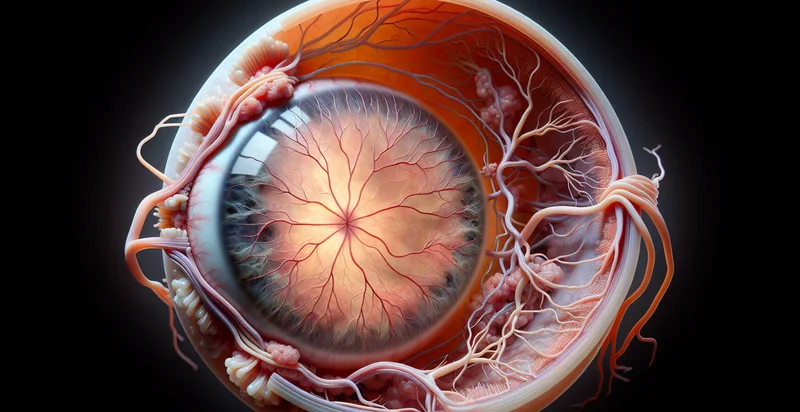Identify floater presence
using AI
Below is a free classifier to identify floater presence. Just upload your image, and our AI will predict if a floater is present - in just seconds.

Contact us for API access
Or, use Nyckel to build highly-accurate custom classifiers in just minutes. No PhD required.
Get started
import nyckel
credentials = nyckel.Credentials("YOUR_CLIENT_ID", "YOUR_CLIENT_SECRET")
nyckel.invoke("floater-presence", "your_image_url", credentials)
fetch('https://www.nyckel.com/v1/functions/floater-presence/invoke', {
method: 'POST',
headers: {
'Authorization': 'Bearer ' + 'YOUR_BEARER_TOKEN',
'Content-Type': 'application/json',
},
body: JSON.stringify(
{"data": "your_image_url"}
)
})
.then(response => response.json())
.then(data => console.log(data));
curl -X POST \
-H "Content-Type: application/json" \
-H "Authorization: Bearer YOUR_BEARER_TOKEN" \
-d '{"data": "your_image_url"}' \
https://www.nyckel.com/v1/functions/floater-presence/invoke
How this classifier works
To start, upload your image. Our AI tool will then predict if a floater is present.
This pretrained image model uses a Nyckel-created dataset and has 2 labels, including Floaters Present and No Floaters.
We'll also show a confidence score (the higher the number, the more confident the AI model is around if a floater is present).
Whether you're just curious or building floater presence detection into your application, we hope our classifier proves helpful.
Related Classifiers
Need to identify floater presence at scale?
Get API or Zapier access to this classifier for free. It's perfect for:
- Ophthalmology Diagnostic Tool: The floater presence identifier can be integrated into ophthalmology clinics to assist eye specialists in diagnosing conditions related to retinal detachments or vitritis. By analyzing patient images, the tool can help in early detection and intervention, improving patient outcomes.
- Telemedicine Services: This function can be used by telemedicine platforms to provide remote eye examinations. Patients can upload images of their retinas, and the floater presence identifier will analyze them to offer preliminary assessments, enabling better decision-making for follow-up care.
- Clinical Research Enhancement: Research institutions can utilize the floater presence identifier for clinical trials focusing on eye diseases. By standardizing the process of floater detection in retinal images, researchers can gather consistent data, enhancing the reliability of their findings.
- Patient Education and Awareness: The tool can be used to develop educational resources for patients experiencing floaters. By providing visual examples and explanations, patients can better understand their symptoms, which may lead to more conscious health monitoring and proactive consultations.
- Insurance Claim Processing: Insurance companies can implement the floater presence identifier to streamline claims related to ocular conditions. By quickly assessing the presence of floaters through submitted medical imaging, insurers can expedite the processing of claims for eye treatments.
- Personal Health Monitoring Apps: Health and wellness applications can incorporate this identifier to allow users to monitor changes in their ocular health. By regularly analyzing images of their own retinas, users can receive alerts when changes indicative of eye health issues are detected.
- Training and Education for Medical Students: Medical schools can use the floater presence identifier in training programs to improve students' diagnostic skills. By presenting students with diverse retinal images and having them utilize the tool, educators can enhance the practical learning experiences in ophthalmology.


